DIY Floating Pond Island: Tips For Creating A Floating Wetland
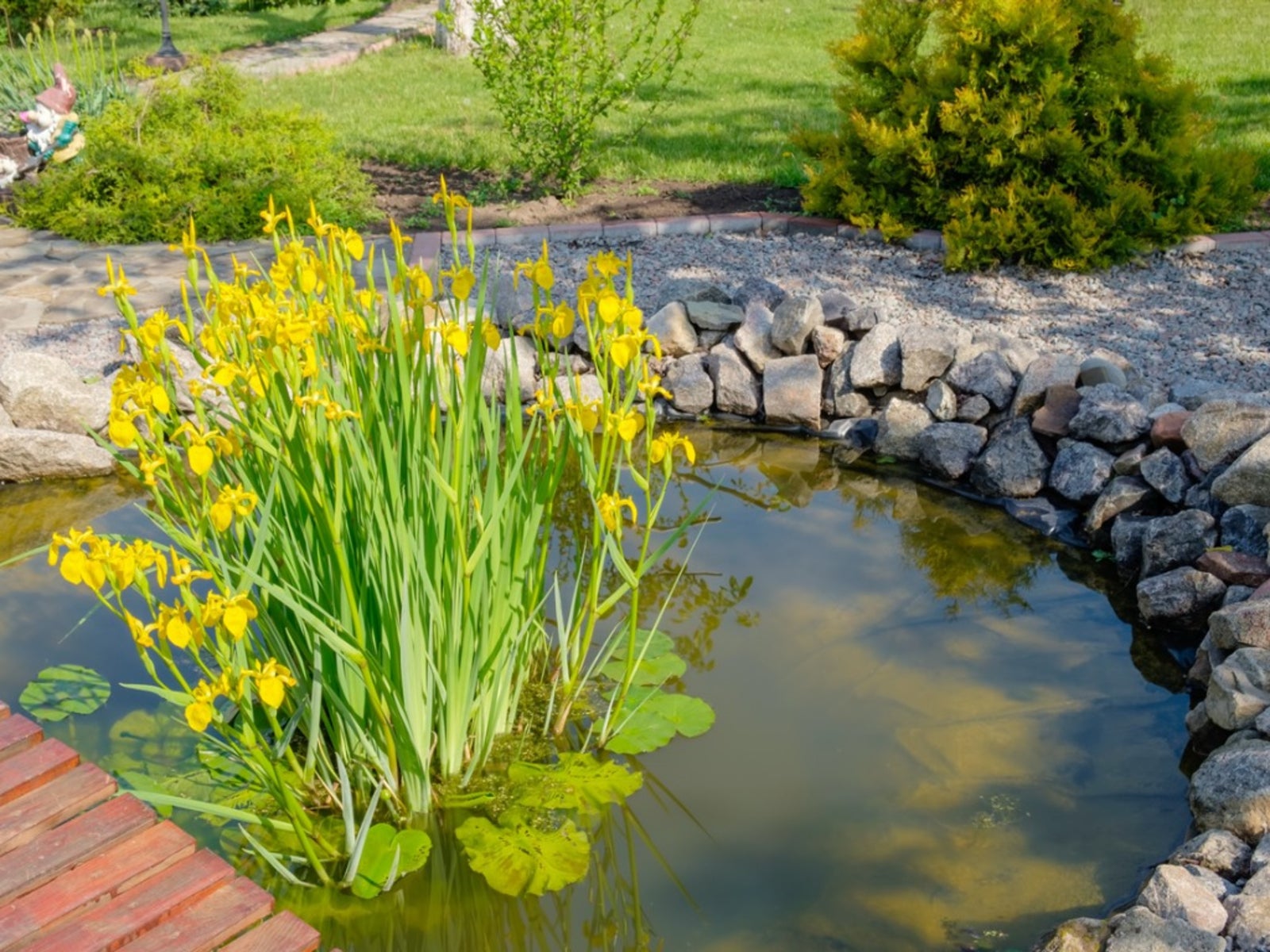

Floating wetlands add beauty and interest to your pond while allowing you to grow a variety of wetland marsh plants. The plant roots grow down into the water, improving the water quality and providing habitat for wildlife. Once planted, these floating islands are much easier to care for than terrestrial gardens, and you'll never have to water them.
What are Floating Wetlands?
Floating wetlands are container gardens that float on the surface of the water. You can plant floating pond islands with any wetland marsh plants except trees and shrubs. They make a beautiful addition to any pond. As the plant roots grow beneath the island, they absorb excess nutrients from fertilizer runoff, animal wastes and other sources. Removing these nutrients from the water reduces the incidence of algae, fish kills and choking weeds. The water beneath a floating wetland is cool and shady, providing habitat for fish and other beneficial organisms.
Plants for Floating Islands
You can use a wide variety of plants for floating islands. Give first consideration to native marsh and wetland plants. Native plants are well-suited to the climate and will thrive in your pond with less maintenance than non-native plants. Here are some plant suggestions:
- Pickerelweed - Pickerelweed (Pontederia cordata) has heart-shaped leaves on stems that grow 2 to 4 feet tall. Blue flower spikes bloom at the top of the plant from spring until fall.
- Marsh hibiscus - Also called rose mallow (Hibiscus moscheutos), march hibiscus grows about a foot tall. The showy hibiscus flowers bloom from midsummer until fall.
- Narrow-leaved cattails - This variety (Typha angustifolia) has the same characteristic, velvety brown spikes but narrower leaves than that of common cattails. Geese and muskrats feed on the roots.
- Flag iris - Both yellow (Iris pseudacorus) and blue (I. versicolor) flag iris are lovely irises with thick, dark green leaves and showy flowers in spring.
- Bulrush - Dark green bulrush (Scirpus atrovirens) is a common sedge with showy seed heads atop 4 to 5-foot stems.
- Water arum - Water arum (Calla palustris) has heart-shaped leaves and large, white flowers. They give way to red and orange fruit later in the season.
Creating a Floating Wetland
Creating a floating wetland is easy using a floating plastic or foam matrix. You can buy these devices at a pond supply store or order them online. There are two basic types. One is a floating mat or container that holds organic matter for planting. The other is a series of special containers filled with plants. The containers fit into a floating grid. You can combine several grids to form a large surface area. You'll find many variations on these two themes.
Gardening tips, videos, info and more delivered right to your inbox!
Sign up for the Gardening Know How newsletter today and receive a free copy of our e-book "How to Grow Delicious Tomatoes".

Jackie Carroll has written over 500 articles for Gardening Know How on a wide range of topics.
-
 Looking For Plants To Give You The Soft And Fuzzies? Try These 5 Fuzzy Leaf Plant Options
Looking For Plants To Give You The Soft And Fuzzies? Try These 5 Fuzzy Leaf Plant OptionsLovers of texture, drama, silver foliage and tactile plants will adore these special sensory garden additions. These fuzzy leaf plant options will leave you all aglow
By Susan Albert
-
 Get Ready For A Summer Of Hummers! Grow These Full Sun Hummingbird Plants and Flowers
Get Ready For A Summer Of Hummers! Grow These Full Sun Hummingbird Plants and FlowersIf you’re lucky enough to enjoy a sunny backyard, make sure you are maxing out on your pollinator opportunities and grow these full sun hummingbird plants and flowers
By Tonya Barnett
-
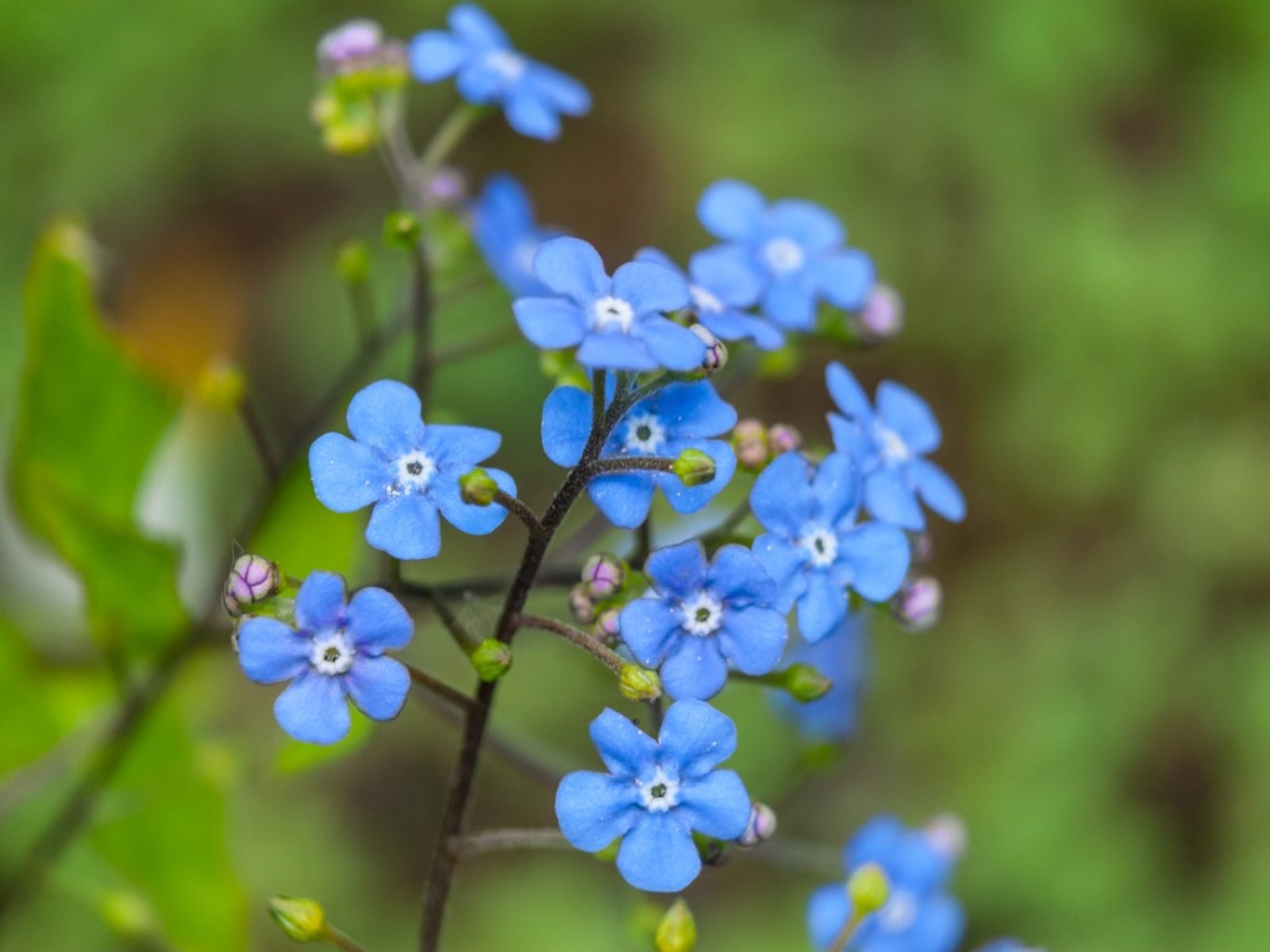 Flowering Pond Plants - Growing Aquatic Flowers
Flowering Pond Plants - Growing Aquatic FlowersAdding flowering pond plants to natural and manmade water features can be an easy way to quickly beautify a space with lush greenery and vibrant bursts of seasonal color. Read on for more.
By Tonya Barnett
-
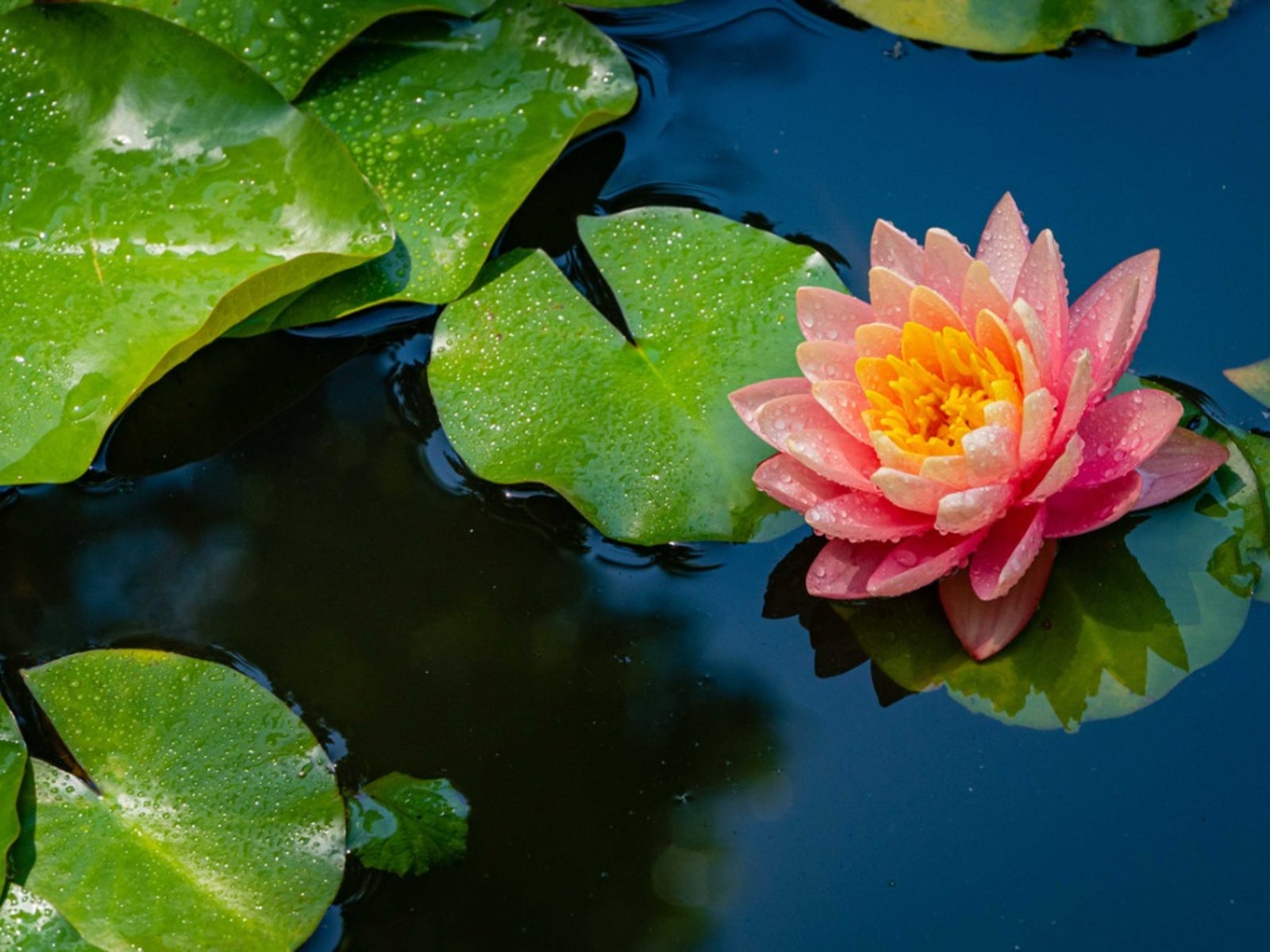 Full Sun Aquatic Plants - Full Sun Floating Pond Plants
Full Sun Aquatic Plants - Full Sun Floating Pond PlantsThere are pros and cons to putting a pond in full sun, but it's very doable. Here are some ideas to get you started.
By Mary Ellen Ellis
-
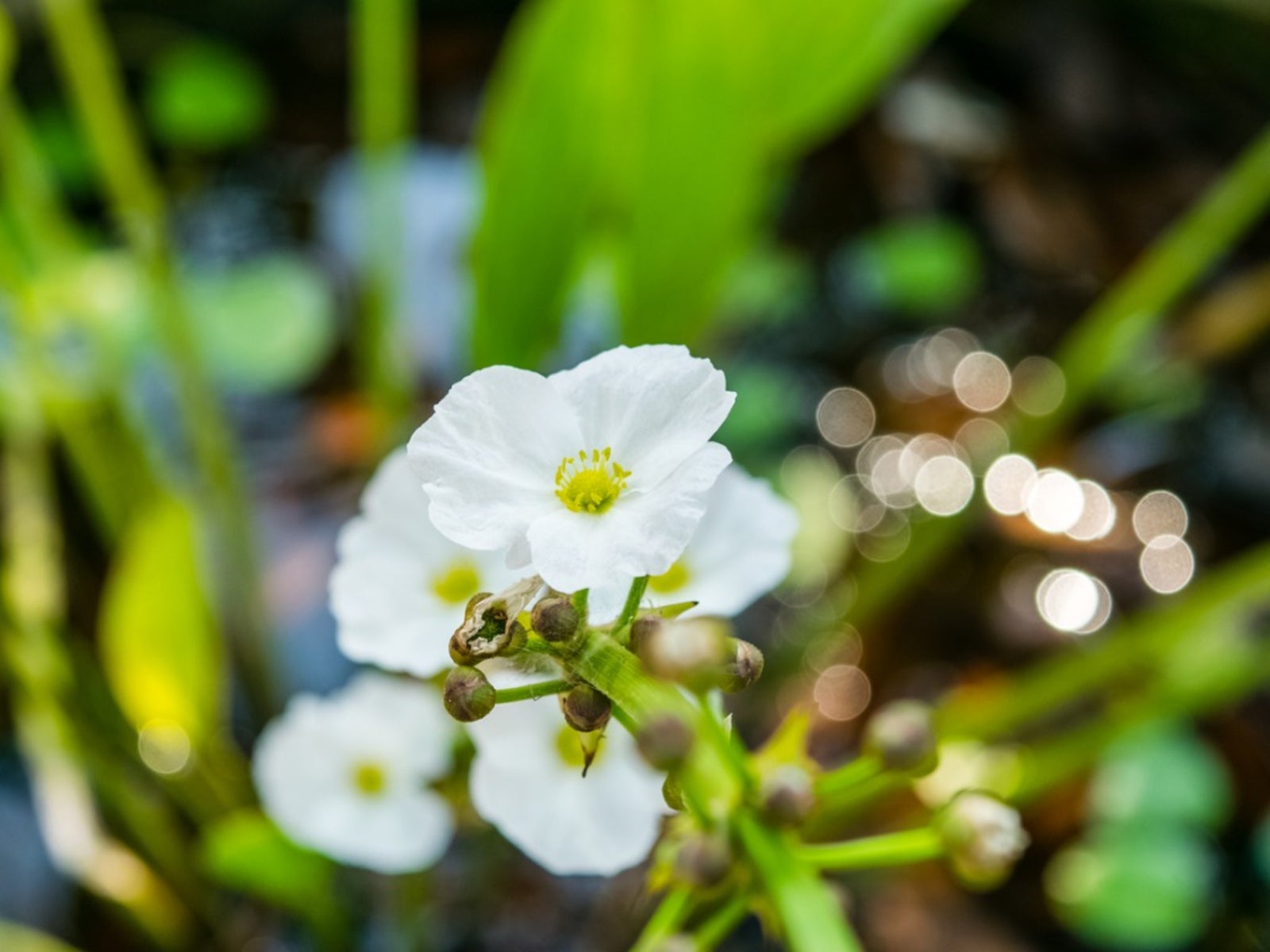 Echinodorus Creeping Burhead – Information On Creeping Burhead Plant Care
Echinodorus Creeping Burhead – Information On Creeping Burhead Plant CareCreeping burhead plants are members of the water plantain family and commonly used in freshwater aquariums or outdoor fishponds. Echinodorus creeping burhead is native to the eastern half of the United States. To learn more about the creeping burhead plant click the following.
By Laura Miller
-
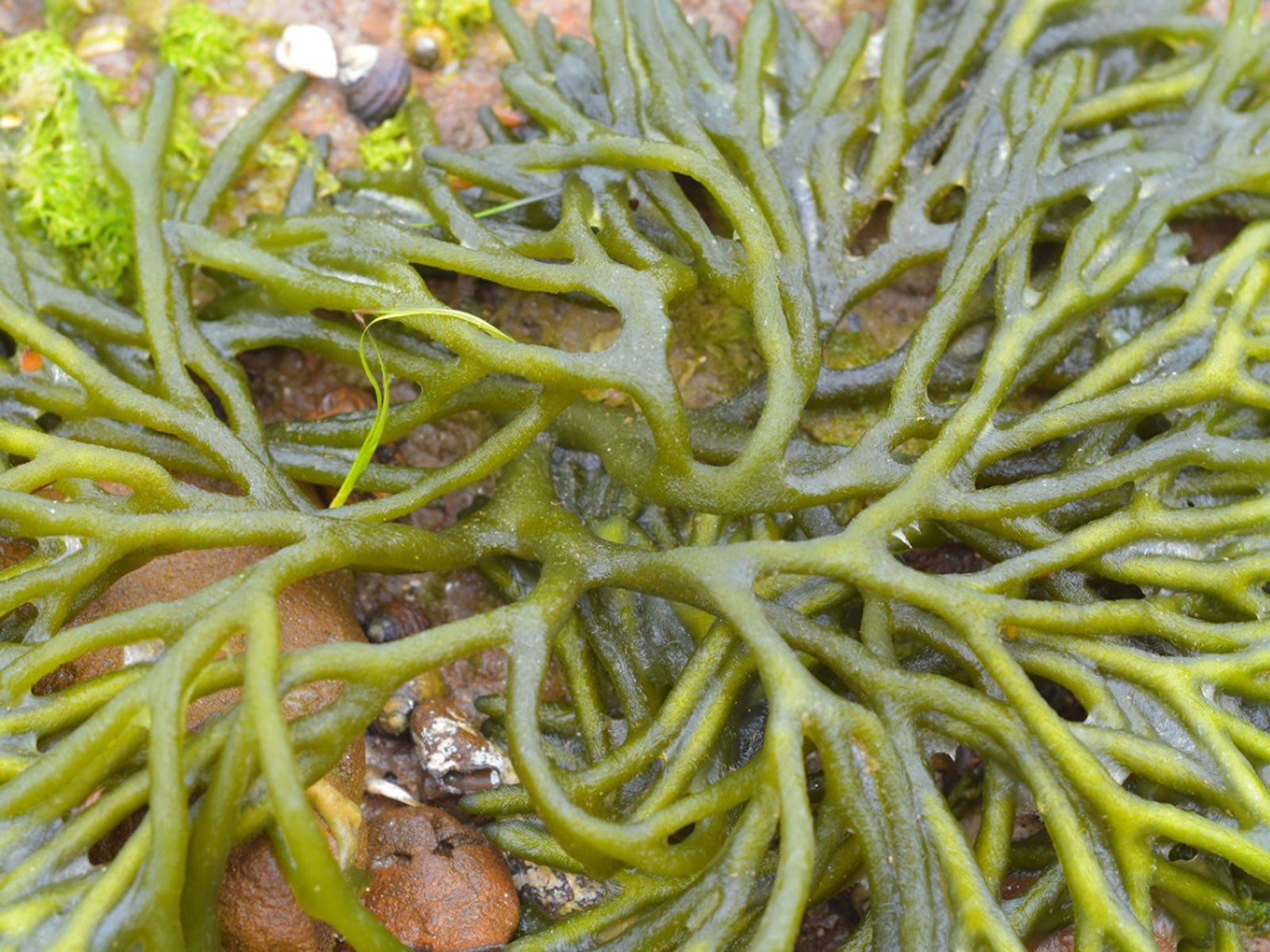 What Is A Saltwater Aquarium: Plants For Saltwater Aquariums
What Is A Saltwater Aquarium: Plants For Saltwater AquariumsBuilding and maintaining a saltwater aquarium requires some expert knowledge in choosing the right plants. Here are some choices to start with.
By Mary Ellen Ellis
-
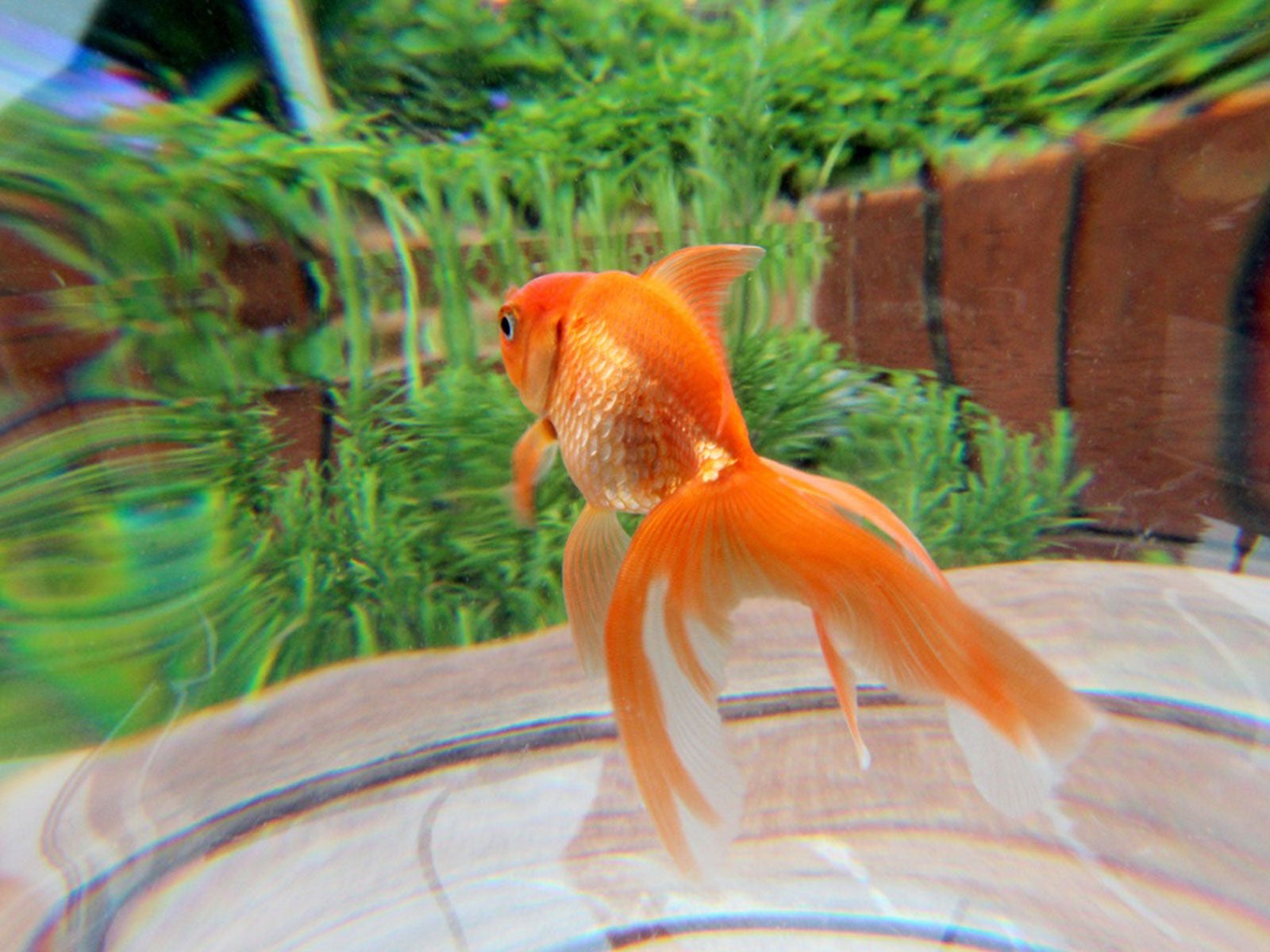 Outdoor Aquarium Ideas: Putting A Fish Tank In The Garden
Outdoor Aquarium Ideas: Putting A Fish Tank In The GardenAquariums are generally made for inside the house, but why not have a fish tank outside? Click here for tips and ideas on backyard aquariums.
By Mary Ellen Ellis
-
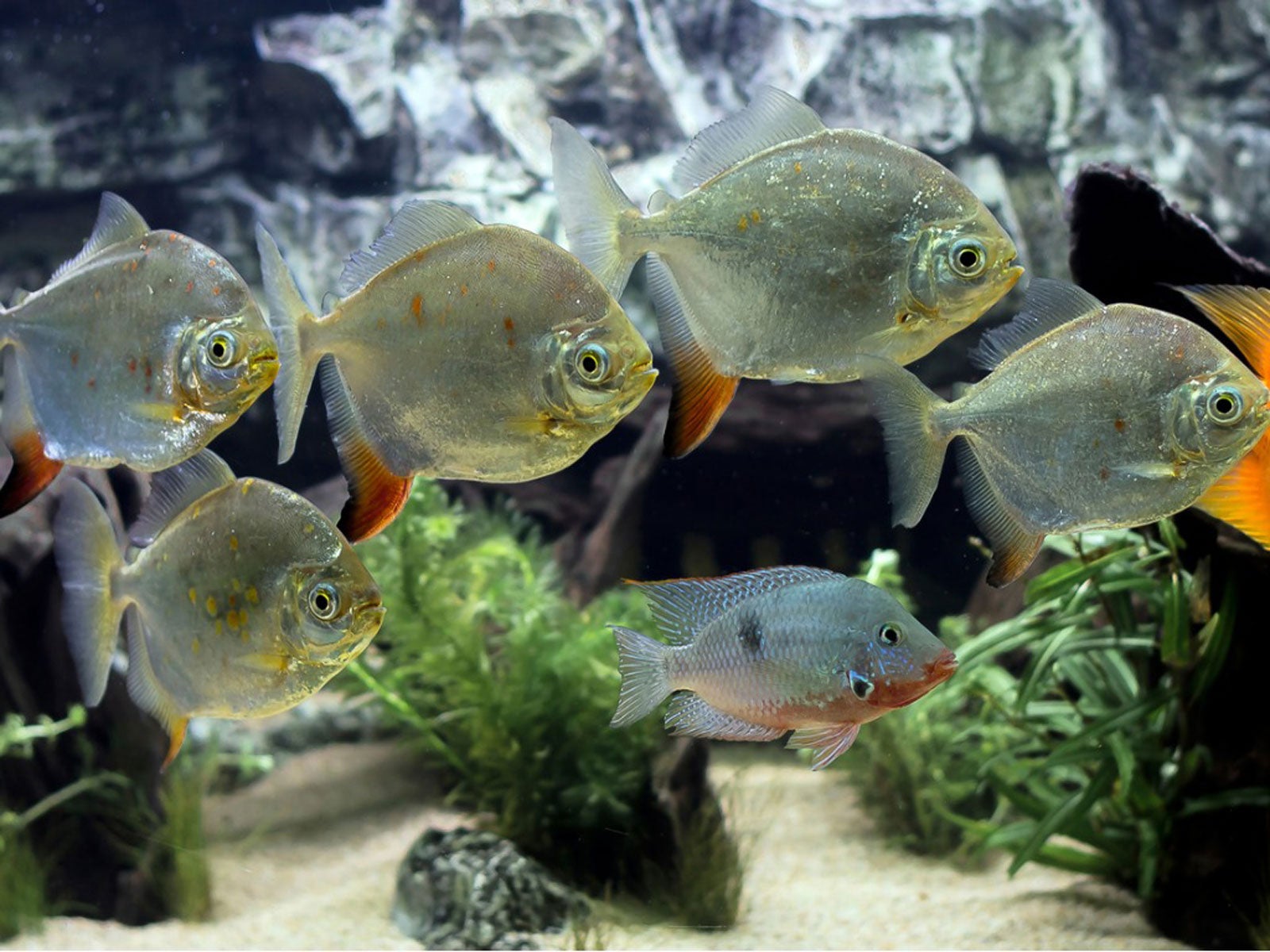 Fish That Eat Plants – Which Plant Eating Fish Should You Avoid
Fish That Eat Plants – Which Plant Eating Fish Should You AvoidGrowing plants with aquarium fish is rewarding, but if you want to combine plants and fish, learn what aquarium fish to avoid. This article will help.
By Mary H. Dyer
-
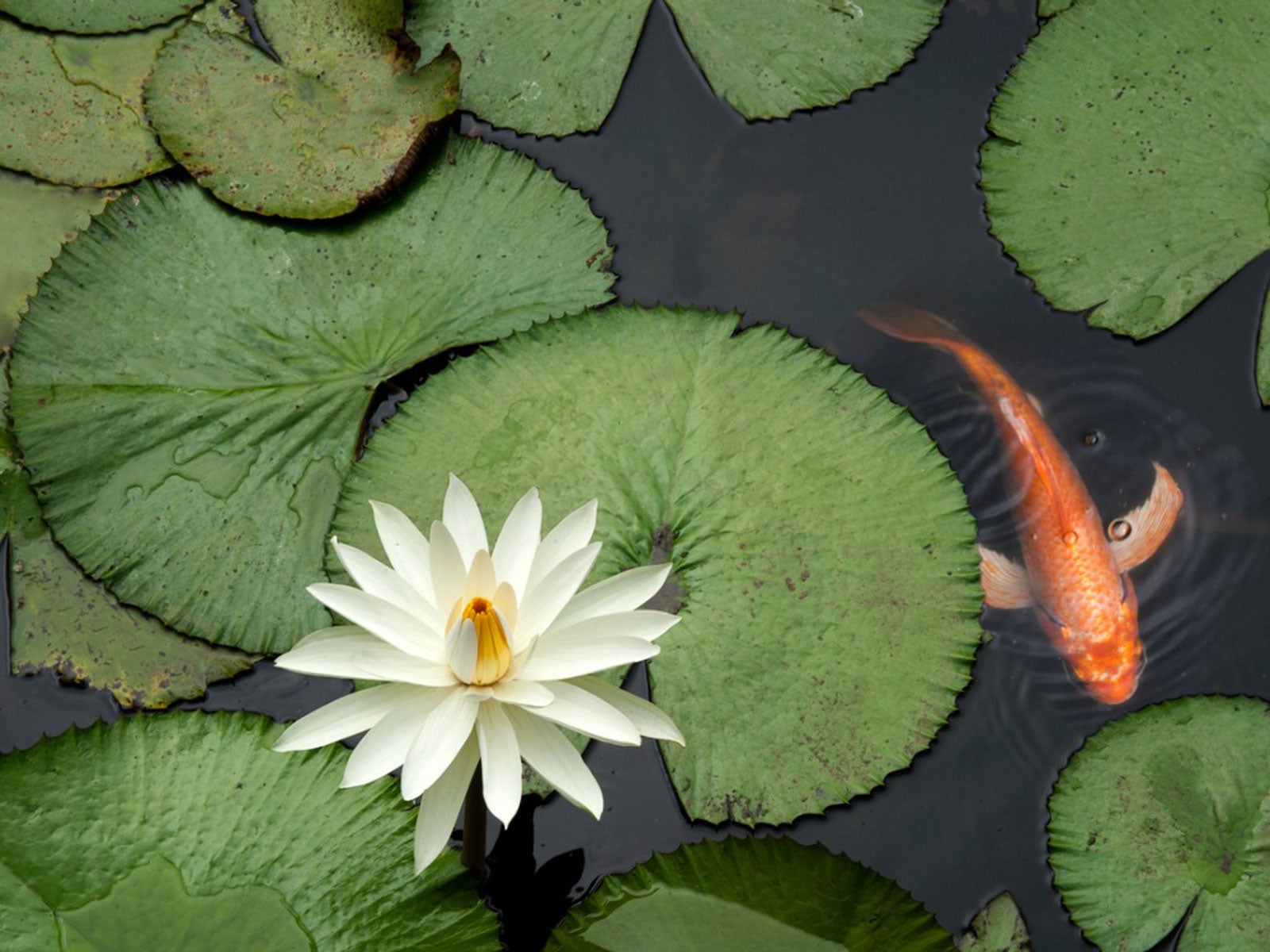 Is Pond Fertilizer Bad For Fish: Learn About Fish Safe Fertilizer
Is Pond Fertilizer Bad For Fish: Learn About Fish Safe FertilizerUsing fertilizer around fishponds must be done with care. Excess nitrogen causes algae, but can also contaminate the water and affect fish. Learn more here.
By Bonnie L. Grant
-
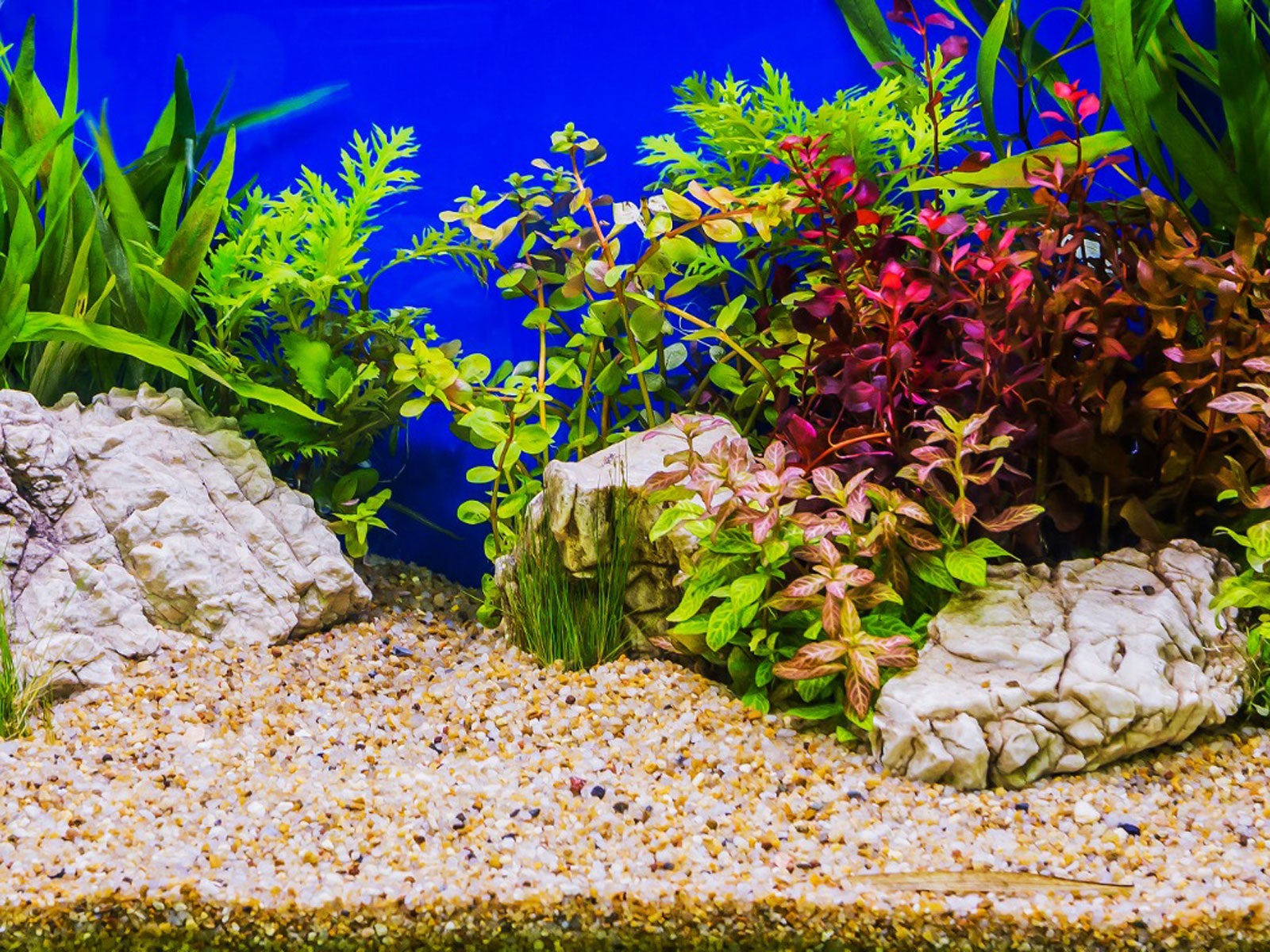 What Is Aquascaping – Creating An Aquarium Garden
What Is Aquascaping – Creating An Aquarium GardenAquatic gardening can be a rewarding endeavor, especially when aquascaping. Click this article to learn more about creating an aquarium garden.
By Nikki Tilley